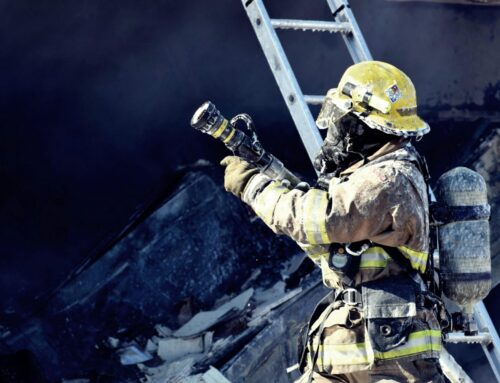Why We Created a Replacement for Dry Ice
Dry ice has many issues, ecologically and economically. Below we will describe the daily concerns with the use of dry ice and why we created a solution to replace dry ice.
- Creation
“Dry Ice is manufactured by compressing and cooling gaseous CO2 under high pressure to produce liquid CO2 initially. The liquid then expands under a reduced pressure to produce CO2 snow. Finally, this snow is compressed by a hydraulic press into convenient dry ice blocks, slices, or pellets.” This process takes incredible amounts of energy, which is not ecologically responsible. This wouldn’t be so bad if dry ice could be reused, but conversely, it begins losing power the minute it is created, which does not bode well for a product that needs steady, exact temperatures.
To cure this issue of mass energy consumption and the creation of toxic materials, we have created a freezer pack made out of phase change material(PCM). Our PCM freezer packs are made from food-grade high-density polyethylene (HDPE) plastic which can be made of recycled materials, staying out of landfills. HDPE is the most common household plastic. Pure (not created with recycled materials) HDPE is a safe plastic for food contact. The FDA has sanctioned recycled HDPE for food contact on a case-by-case basis for over 20 years. HDPE resin produces plastic that is corrosion-resistant and absorbs little moisture, making it well-suited for storing beverages. Also, HDPE containers don’t leak chemicals into their contents.
- Production
Dry ice production has to move fast because of the deteriorating nature of the product. This opens up the door for errors and an unsafe work environment due to the dangers of working with dry ice. Dry ice can burn the skin, and the gas itself if not vented correctly, can cause asphyxiation, or even an explosion. Dry ice keeps food frozen to a temperature of -109 °F. Freezing foods at this drastically cold temperature can tamper with the freshness of the food. Frozen foods may dry out, causing freezer burn or a loss in quality.
PCMs are shelf-stable and can be made to order depending on the customer’s need. The products are non-hazardous and the solution inside of the PCM is so safe it can be poured down the drain with no repercussions to the environment or the handler.
- Transportation
Transporting frozen items with dry ice is the most popular way to ship frozen, but not the best option. There are many reasons why dry ice is not the most ideal shipping medium, from low frozen times to hazardous conditions.
For starters, one pound of dry ice will last just four hours in a shipping container. Throughout those four hours the dry ice is losing potency, making the environment’s temperature within the packaging vary, which can result in non-ideal conditions for the temperature-sensitive materials being transported. Dry ice has a temperature of -109 degrees that is not ideal for handling products that are temperature sensitive.
PCMs do not lose their potency and can remain frozen for up to 48 hours at a steady temperature, depending on what the needs of the frozen items are. And frozen isn’t the only option. PCMs can be formulated to achieve and maintain 0°C (32°F), refrigerated; -7°C (19.4°F), frozen; -16°C (3.2°F) frozen; and -21°C (-5.8°F), ultra-cold temperatures.
- Cost
Depending on the shipping company, many steps are needed to ship with dry ice, which can be costly. Some basic requirements for shipping with dry ice include gas venting, package integrity, package material, airbill, marking the package, and labeling. Dry ice is considered a hazardous material, meaning extra caution has to be taken by the handler when shipping these products and extra caution equals extra costs.
PCMs are non-toxic and non-hazardous meaning that the shipping process is much smoother with less room for error.
TCP has been replacing dry ice and wet ice for over ten years for some of the largest healthcare companies in the world with a sustainable, green and reusable solution. The solution is a non-toxic and non-hazardous PCM (Phase Change Materials) that does not release CO2 into the atmosphere increasing the effects of climate change. TCP has expanded from transporting medical specimens, tissues, biological pharmaceutical organs, whole blood, and allografts to transporting food, vaccines, and forensic evidence for law enforcement.



